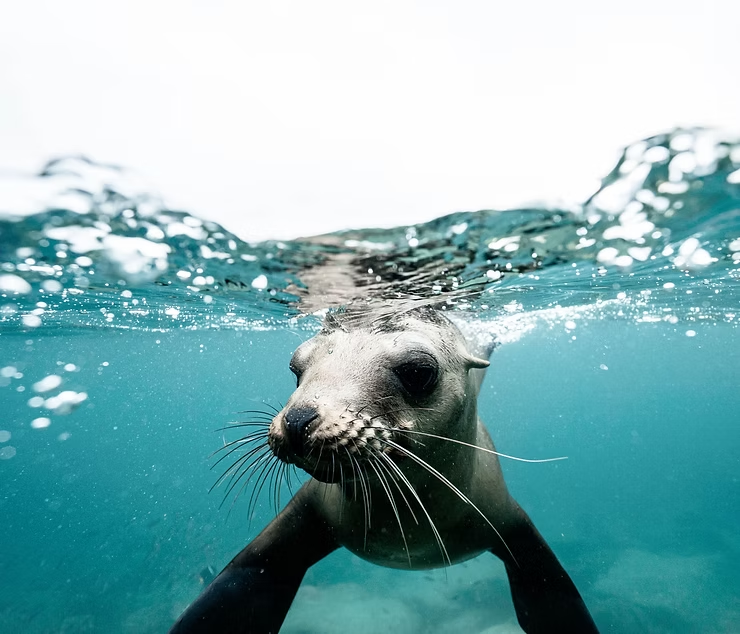Supporting Scientific Research and Monitoring for Ocean Ecosystems
Investing in scientific research and monitoring programs is critical for understanding ocean ecosystems and their intricate interactions. Oceans regulate Earth’s climate, support marine biodiversity, and provide essential resources. Research and monitoring enable informed actions to address environmental challenges and promote sustainable practices.
Key Benefits of Research and Monitoring
Conservation of Marine Biodiversity
Research provides essential data on marine species and habitats, identifying areas of high biodiversity and guiding effective conservation strategies. Understanding species distribution, behavior, and abundance is crucial for preserving ecosystems.
Climate Change Impacts
Monitoring sea temperatures, acidity, and currents helps scientists predict and mitigate climate-related disruptions to marine life and coastal communities.
Ocean Acidification
Tracking ocean acidification informs efforts to protect sensitive organisms like corals and shellfish from the impacts of rising carbon dioxide levels.
Sustainable Fisheries Management
Data-driven approaches, including stock assessments and ecosystem modeling, ensure sustainable fisheries and safeguard livelihoods of fishing communities.
Marine Protected Areas (MPAs)
Research guides the design and management of MPAs, establishing refuges for vulnerable species and protecting critical habitats.
Identifying Pollution Sources
Monitoring detects pollutants such as plastics, oil, and chemicals, enabling targeted measures to reduce environmental impacts and improve water quality.
Ecosystem Services
Scientific studies quantify ecosystem services like carbon sequestration, coastal protection, and fishery productivity, emphasizing their economic and environmental importance.
Early Warning Systems
Research supports early warning systems for tsunamis, harmful algal blooms, and other marine hazards, providing crucial time for response and preparedness.
Ocean Governance
Evidence-based research informs policy decisions at national, regional, and global levels, improving ocean governance and sustainable resource management.
Technology Advancements
Investing in research drives innovation in oceanographic tools, enabling exploration of remote areas, real-time monitoring, and improved data collection.
Collaboration and Data Sharing
International cooperation enhances research effectiveness, promotes global understanding of ecosystems, and strengthens conservation strategies across borders.
Public Awareness and Education
Sharing research outcomes inspires public interest and supports ocean literacy, fostering stewardship and encouraging sustainable behaviors.
Blue Economy Opportunities
Research informs sustainable practices in marine renewable energy, aquaculture, and eco-tourism, balancing economic growth with environmental protection.
Marine Spatial Planning
Data guides optimal ocean resource use, reduces stakeholder conflicts, and supports conservation objectives through effective spatial planning.
Resilience to Global Challenges
Understanding the effects of pollution, climate change, and overfishing enables strategies to strengthen ecosystem resilience and adaptability.
Protection of Endangered Species
Research identifies endangered marine species and informs targeted conservation efforts to prevent extinction.
Long-Term Data Collection
Long-term monitoring provides baseline data for detecting trends, guiding evidence-based interventions, and evaluating conservation success over time.
Conclusion
Supporting scientific research and monitoring is essential for protecting marine biodiversity, mitigating climate change impacts, and promoting sustainable practices. Collaborative efforts among governments, scientific institutions, NGOs, and the private sector ensure the health and resilience of ocean ecosystems for current and future generations.

